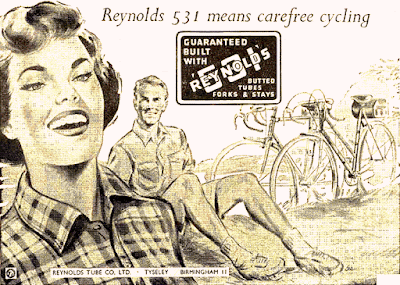Perhaps the fall is inevitable, which is exactly the reason some people live as if it will never happen to them.
Sometimes I think that is one of the messages of The Great Gatsby. Though the novel was written, and take place, in the 1920s, a line from Prince is fitting: party like it's 1999.
I got to thinking about Gatsby and what the fall means today because, while riding, I saw this:
and this:
along the North Shore, from Queens into Long Island and back.
You know the old riddle: If a tree falls in the woods and no one is there to hear it, does it make a sound? Well, perhaps someone posed a parallel question: If trees lose their leaves and nobody sees it, will the fall come?
Jay Gatsby, having grown up on a farm and aspired to the high life, probably never looked at a tree once he left the farm. I doubt any of the other characters in that novel looked at very many trees or gave much thought to the changing of the season, whether in nature or their lives.
But fall comes to their North Shore playgrounds, just as it comes everywhere else. For me, it made for a lovely, pleasant ride, one in which I didn't mind that I was pedaling into, or getting sideswiped by, brisk winds, or that as I rode along the water, the temperature dropped (or seemed to drop) to levels for which I wasn't dressed.
Today it was Vera's turn to enjoy the season. She was dressed for the occasion. Then again, she always looks right for the ride. So do my other Mercians.
They have no reason to fear the fall. Nor do I.
Sometimes I think that is one of the messages of The Great Gatsby. Though the novel was written, and take place, in the 1920s, a line from Prince is fitting: party like it's 1999.
I got to thinking about Gatsby and what the fall means today because, while riding, I saw this:
and this:
along the North Shore, from Queens into Long Island and back.
You know the old riddle: If a tree falls in the woods and no one is there to hear it, does it make a sound? Well, perhaps someone posed a parallel question: If trees lose their leaves and nobody sees it, will the fall come?
Jay Gatsby, having grown up on a farm and aspired to the high life, probably never looked at a tree once he left the farm. I doubt any of the other characters in that novel looked at very many trees or gave much thought to the changing of the season, whether in nature or their lives.
But fall comes to their North Shore playgrounds, just as it comes everywhere else. For me, it made for a lovely, pleasant ride, one in which I didn't mind that I was pedaling into, or getting sideswiped by, brisk winds, or that as I rode along the water, the temperature dropped (or seemed to drop) to levels for which I wasn't dressed.
Today it was Vera's turn to enjoy the season. She was dressed for the occasion. Then again, she always looks right for the ride. So do my other Mercians.
They have no reason to fear the fall. Nor do I.



































